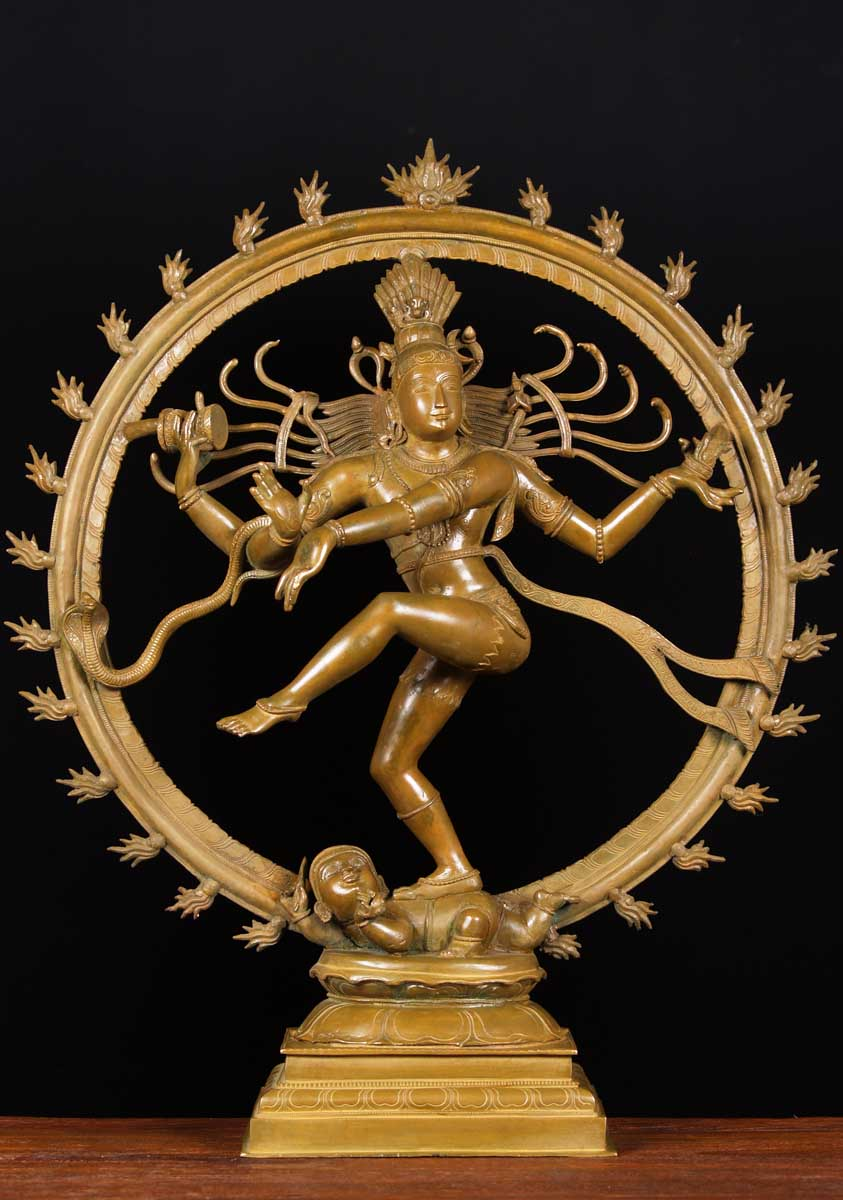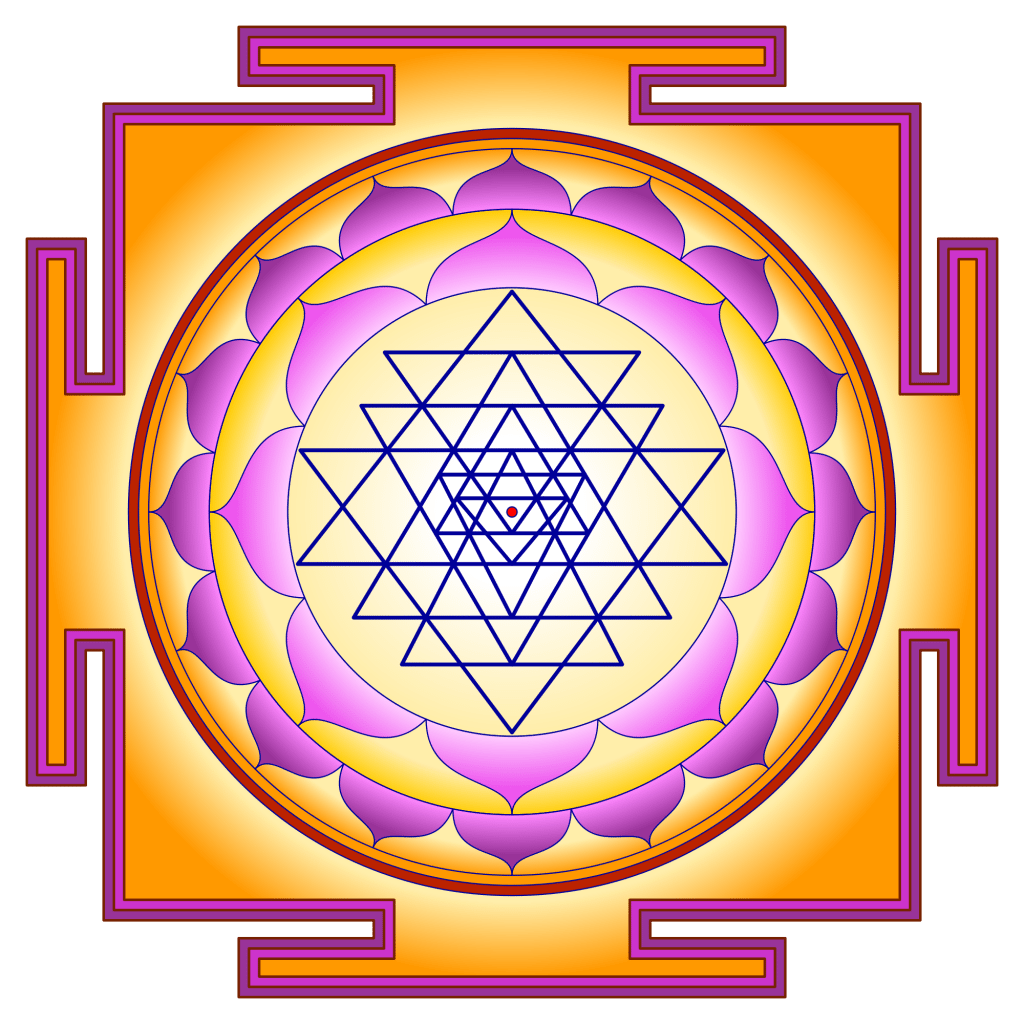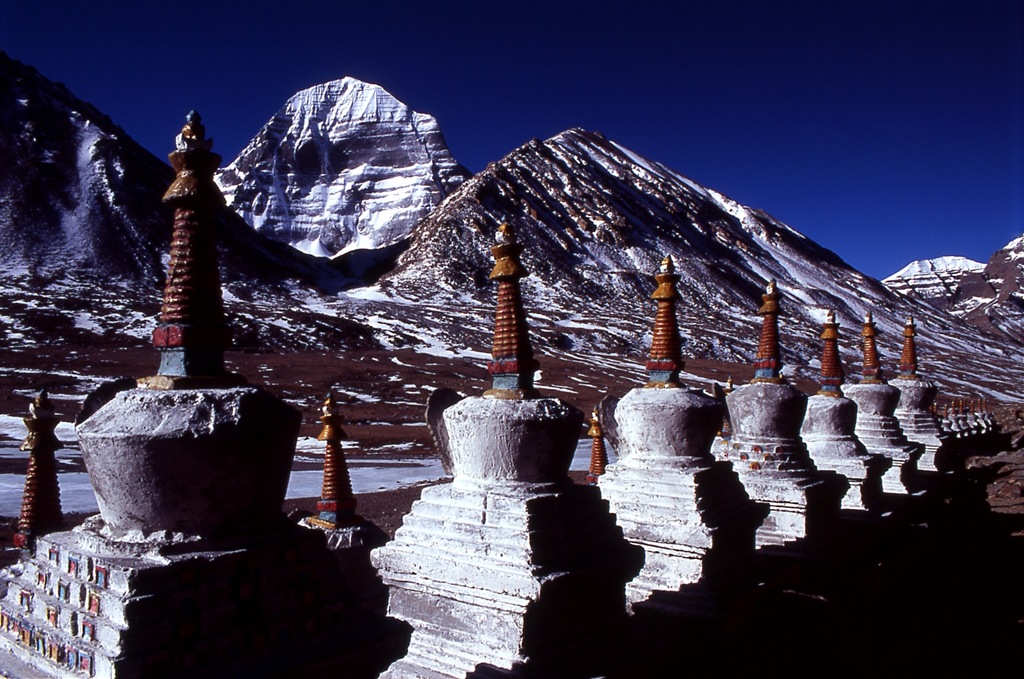By Gabriel Hartley
Early on in his exposition of the Hero’s Journey in The Hero with a Thousand Faces Joseph Campbell writes the following curious statement: “[T]he hero as the incarnation of god is himself the navel or axis of the world, the umbilical point through which the energies of eternity break into time” (38). While there is much here for the reader to parse out—what, for instance, does Campbell mean when he speaks of the hero as the incarnation of god?—the part of the sentence that immediately spoke to me and which I wish to unravel here is the idea that “the energies of eternity break into time.” This potent opposition of eternity and time is clearly not static but involves a breaking into. And it is not simply eternity itself (whatever that might be) but the energies of eternity that are breaking into time.
What Campbell is giving us is a way of meditating on and engaging with what he sees as perhaps the most foundational moment in human experience: that moment when these two oppositional modes of experience and comprehension inflect one another and stage the dynamism of their apparent opposition throughout all modes of human expression. The relationship between eternity and time, this at once delicate and frantic dance of incommensurate dimensions, stages for us the prototype of all other interdimensional relationships. And the hero of any narrative, Campbell tells us, is the pivot-point, the navel, the axis of the world wherein, as in the umbilical point of connection between mother and child in gestation, humans come to see who they might be and how they might fit into this universe which, as we see, is in fact a conjunction of vastly differing universes of experience. In this way, “the hero is the incarnation of god,” and we, each of us, are the various manifestations and interpolations of this being who bridges eternity and time.
It is especially fitting that Campbell refer to this paradigmatic moment as the “paradox of creation.” It is in this life, this created state of being, marked from the very beginning by suffering (or so the Buddha tells us), that we initially experience the energies of eternity as an assault of sorts, a breaking into this otherwise unconscious round of blooming and corruption, as a call to awakening or annihilation—both of which in the end might lead to the same thing, the awakening annihilation of the Ego in the Self.
Campbell writes:
The paradox of creation, the coming of the forms of time out of eternity, is the germinal secret of the father. It can never be quite explained. Therefore, in every system of theology there is an umbilical point, an Achilles tendon which the finger of mother life has touched, and where the possibility of perfect knowledge has been impaired. The problem of the hero is to pierce himself (and therewith his world) precisely through that point; to shatter and annihilate that key knot of his limited existence. (135)
Again we see the hero as the pivot-point, the act of self-sacrifice in which ego and world are shattered and released into the Being-Consciousness-Bliss of satchitananda (Sat=Being/Truth; Chit=Consciousness; Ananda=Bliss).
At the heart of Campbell’s adventure of the soul, then, is an emphasis on a primal, universal awareness of—enactment of—our condition of Unity in Opposition. But for us to see this ultimate Unity, we as time-bound beings must break out of the Illusion of Separation that marks all human consciousness, the immersion in separation that expresses itself as a fundamental perspective that divides all conscious existence into various forms of Duality. The goal of initiation, the end of the Hero’s Journey, involves the recognition of the ultimate interconnected reality beyond duality. “The hero, the waker of his own soul,” Campbell explains, “is himself but the convenient means of his own dissolution” (241/223).
Such a perspective is perhaps most coherently and extensively expressed in the Hindu philosophy known as Advaita Vedanta. The term “Advaita” acts as the basis of this entire system. The Sanskrit term “dvaita” means “dual.” This is the basic sense of reality underlying all dualisms. In the context of Vedanta, the ultimate dualism is the separation of Self (Atman) from the Godhead or ultimate metaphysical Reality (Brahman). From this perspective, we are forever separate from the ultimate Divine source of all existence. But with the addition of the negating prefix “a” we have a-dvaita or nondual, the recognition that duality resolves itself into cosmic unity.
We see here again, then, the hero as the pivot-point, the act of self-sacrifice in which ego and world are shattered and released into the Being-Consciousness-Bliss of satchitananda. In a volume of writings by Heinrich Zimmer edited by Campbell in the years following Zimmer’s death we read:
The fundamental thought of Advaita Vedanta is that the life-monad or soul (jiva) is in essence the Self (atman), which, being beyond the changing, transient, phenomenal apparitions of our empirical experience, is none other than Brahman, the sole and universal Eternal Reality, which is beyond change, self-effulgent and ever free, and defined as “one-with-out-a-second” (a-dvitiya), “really existing” (sat),“purely spiritual” (cit)and “sheer bliss” (ananda).The life-monad is in error about its own true character. It regards itself as bound. But this error vanishes with the dawn of realization. The life-monad (jiva)then discovers that it is itself the Self (atman). Bondage thereupon is non-existent. Indeed, with reference to that which is always free such terms as bondage and liberation are inappropriate. They seem to have meaning only during the preliminary stages of spiritual apprenticeship, when the pupil has still to make the critical discovery. The term “liberation” is used by the guru only in a preliminary sense, as addressed to one in a state of bondage that exists only in his own imagination. (Philosophies of India 456)
152/140 What is understood is that time and eternity are two aspects of the same experience-whole, two planes of the same nondual ineffable; i.e., the jewel of eternity is in the lotus of birth and death: om mani padme hum.
Zimmer: Sri Yantra; the Shiva-Trinity of Elephanta; the figure of Shiva-Nataraja; Yab-Yum
Coomaraswamy: the Dance of Shiva
Cosmogonic Cycles
Life: Duality
PAIRS OF OPPOSITIONS
| Eternity | Time |
| Heaven | Earth |
| Father | Mother |
| Male | Female |
| Death | Life |
| Conscious | Unconscious |
| Reality | Dream |
| Yab | Yum |
| Yang | Yin |
| Light | Dark |
| Absolute | Manifest |
| Bliss | Suffering |
| Nirvana | Illusion |
| Transcendent | Experiential |
| Self | Ego |
| Cosmogony | Journey |
| Ineffable | Material |
| Macrocosm | Microcosm |
ACTIONS: dissolve boundaries; transfigure world; shatter; annihilate; pierce; fall into; balance; transcend; journey
The Threshold
Axis, Hub, Threshold, Navel, Sundoor, Cross, Dome, Womb, Hero himself
Topographies and Architectures
Topography: Four Directions, Hills and Groves, Site of Heroic Event, Sacred Site, Tree of Life
Architecture: Labyrinth, Shrine, Temple, Dome
42 The dome of heaven rests on the quarters of the earth, sometimes supported by four caryatidal kings, dwarfs, giants, elephants, or turtles. Hence, the traditional importance of the mathematical problem of the quadrature of the circle: it contains the secret of the transformation of heavenly into earthly forms. The hearth in the home, the altar in the temple, is the hub of the wheel of the earth, the womb of the Universal Mother whose fire is the fire of life. And the opening at the top of the lodge—or the crown, pinnacle, or lantern, of the dome—is the hub or midpoint of the sky: the sun door, through which souls pass back from time to eternity, like the savor of the offerings, burned in the fire of life, and lifted on the axis of ascending smoke from the hub of the earthly to that of the celestial wheel.
Nondualism (Advaita Vedanta)
NONDUALITY: hermaphrodism
Bliss (Ananda/Sukhavati)
The Hero’s Journey as the Realization of Nonduality
Microcosm/Macrocosm
The Cosmogonic Cycle
38-39 Part II, “The Cosmogonic Cycle,” unrolls the great vision of the creation and destruction of the world which is vouchsafed as revelation to the successful hero. Chapter I, Emanations, treats of the coming of the forms of the universe out of the void. Chapter II, The Virgin Birth, is a review of the creative and redemptive roles of the female power, first on a cosmic scale as the Mother of the Universe, then again on the human plane as the Mother of the Hero. Chapter III, Transformations of the Hero, traces the course of the legendary history of the human race through its typical stages, the hero appearing on the scene in various forms according to the changing needs of the race. And Chapter IV, Dissolutions, tells of the foretold end, first of the hero, then of the manifested world.
The cosmogonic cycle is presented with astonishing consistency in the sacred writings of all the continents, and it gives to the adventure of the hero a new and interesting turn; for now it appears that the perilous journey was a labor not of attainment but of reattainment, not discovery but rediscovery. The godly powers sought and dangerously won are revealed to have been within the heart of the hero all the time. He is “the king’s son” who has come to know who he is and therewith has entered into the exercise of his proper power—”God’s son,” who has learned to know how much that title means. From this point of view the hero is symbolical of that divine creative and redemptive image which is hidden within us all, only waiting to be known and rendered into life.
Coomaraswamy Passages—The Dance of Shiva

[7] What, then, is the Brahman view of life? To answer this at length, to expound the Science of the Self (Adhyatmavidya), which is the religion and philosophy of India, would require considerable space. We have already indicated that this science recognizes the unity of all life—one source, one essence, and one goal—and regards the realization of this unity as the highest good, bliss, salvation, freedom, the final purpose of life. This is for Hindu thinkers eternal life; not an eternity in time, but the recognition here and now of All Things in the Self and the Self in All. “More than all else,” says Kabir, who may be said to speak for India, “do I cherish at heart that love which makes me to live a limitless, life in this world.” This inseparable unity of the material and spiritual world is made the foundation of the Indian culture, and determines the whole character of her social ideals.

Zimmer: But these seated couples are static in their presentation of the mystery. A more dynamic symbol—characteristically Indian in its rendition of growing or expanding form—is represented by the profoundly eloquent Shri Yantra, “Auspicious Yantra,” “Yantra above Yantras.” (Figure 36.) Though apparently no more than a geometrical device, this intricate linear composition is conceived and designed as a support to meditation—more precisely, to a concentrated visualization and intimate inner experience of the polar play and logic-shattering paradox of eternity and time. But before its meaning can unfold and its effects begin to be experienced in the mind, the beholder must understand the exact relationship of its concise and compendious delineation to the basic principles of Oriental metaphysics. This composition summarizes in a single moment the whole sense of the Hindu world of myth and symbol. (Myths and Symbols 140)
(199) All polarities whatsoever stem from the supernal non-dual duality of this timeless, world-central scene of bliss. Kailasa is the mountain of the bean, wherein the fire of life, the energy of the creator, is quick with the ardor of its eternal source and at the same instant throbbing with the pulse of time. Here God and Creature are consubstantial, Eternity and Life one and the same.
